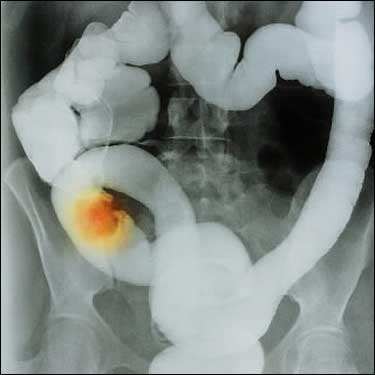
Since 2006, it has been much easier for people allergic to certain foods to avoid packaged products that contain them, says Rhonda Kane, a registered dietitian and consumer safety officer at the Food and Drug Administration.
This is because a federal law requires that the labels of most packaged foods marketed in the U.S. disclose—in simple-to-understand terms—when they are made with a “major food allergen.”
Eight foods, and ingredients containing their proteins, are defined as major food allergens. These foods account for 90 percent of all food allergies:
- milk
- egg
- fish, such as bass, flounder, or cod
- crustacean shellfish, such as crab, lobster, or shrimp
- tree nuts, such as almonds, pecans, or walnuts
- wheat
- peanuts
- soybeans
The law allows manufacturers a choice in how they identify the specific “food source names,” such as “milk,” “cod,” “shrimp,” or “walnuts,” of the major food allergens on the label. They must be declared either in:
- the ingredient list, such as “casein (milk)” or “nonfat dry milk,” or
- a separate “Contains” statement, such as “Contains milk,” placed immediately after or next to the ingredient list.
“So first look for the ‘Contains’ statement and if your allergen is listed, put the product back on the shelf,” says Kane. “If there is no ‘Contains’ statement, it’s very important to read the entire ingredient list to see if your allergen is present. If you see its name even once, it’s back to the shelf for that food too.”
There are many different ingredients that contain the same major food allergen, but sometimes the ingredients’ names do not indicate their specific food sources. For example, casein, sodium caseinate, and whey are all milk proteins. Although the same allergen can be present in multiple ingredients, its “food source name” (for example, milk) must appear in the ingredient list just once to comply with labeling requirements.
"Contains" and "May Contain" Have Different Meanings
If a “Contains” statement appears on a food label, it must include the food source names of all major food allergens used as ingredients. For example, if “whey,” “egg yolks,” and a “natural flavor” that contained peanut proteins are listed as ingredients, the “Contains” statement must identify the words “milk,” “egg,” and “peanuts.”
Some manufacturers voluntarily include a “may contain” statement on their labels when there is a chance that a food allergen could be present. A manufacturer might use the same equipment to make different products. Even after cleaning this equipment, a small amount of an allergen (such as peanuts) that was used to make one product (such as cookies) may become part of another product (such as crackers). In this case, the cracker label might state “may contain peanuts.”
Be aware that the “may contain” statement is voluntary, says Kane. “You still need to read the ingredient list to see if the product contains your allergen.”
When in Doubt, Leave It Out
Manufacturers can change their products’ ingredients at any time, so Kane says it’s a good idea to check the ingredient list every time you buy the product—even if you have eaten it before and didn’t have an allergic reaction.
“If you’re unsure about whether a food contains any ingredient to which you are sensitive, don’t buy the product, or check with the manufacturer first to ask what it contains,” says Kane. “We all want convenience, but it’s not worth playing Russian roulette with your life or that of someone under your care.”



